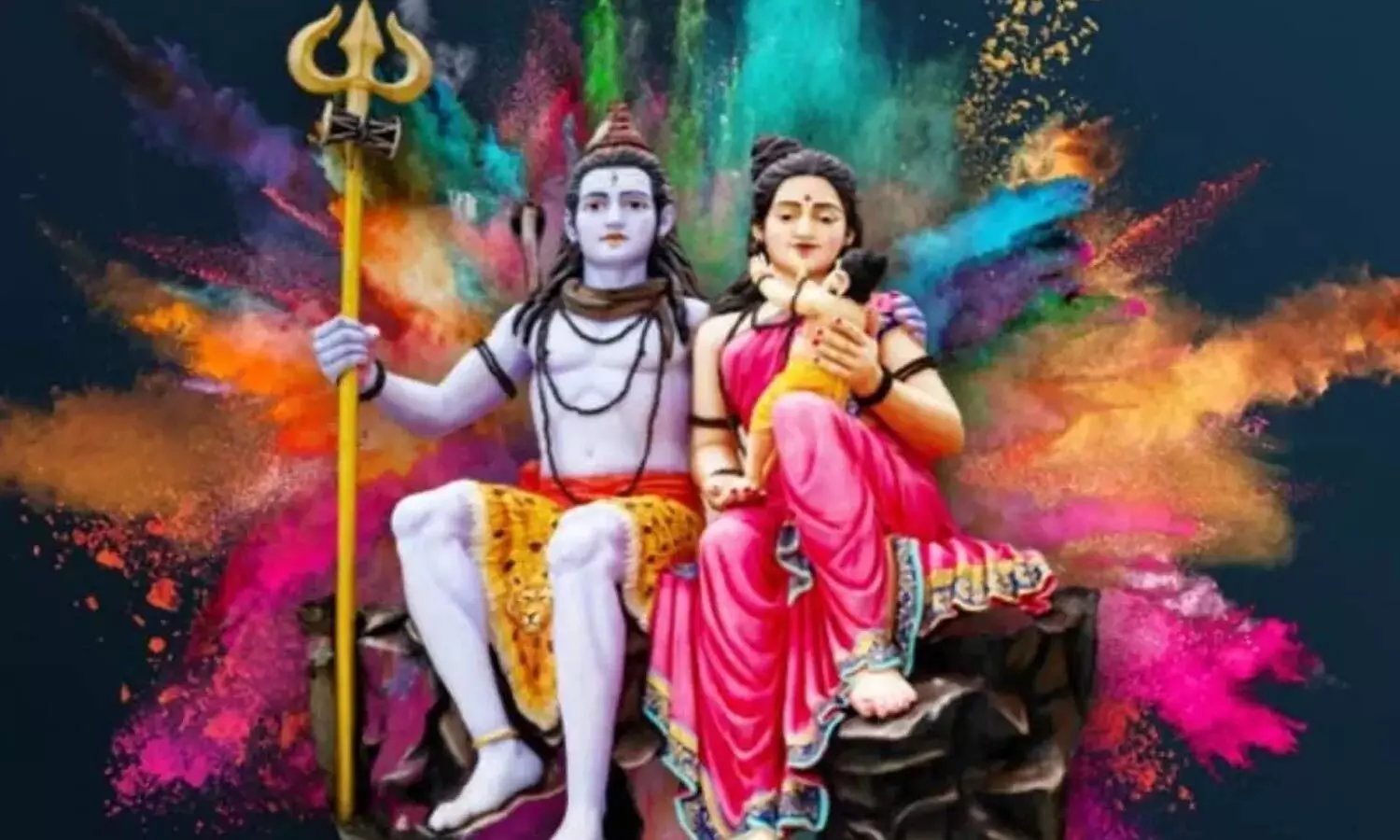Live
- BJP, JD(S) leaders helped win Channapatna bypoll
- INS Kuthar makes maiden visit to Gopalpur Port
- PM praises city-based NGO for promoting libraries
- Odisha police rescue ‘trafficked’ Bangla girl
- iPhone 16 Plus Now at Rs. 2,000 Discount on Amazon – Get It Today
- How Technology is Shaping Global Connectivity and Enhancing Security
- Dy CM directs officials to collect all critical info on caste census
- Naga Chaitanya Opens Up About His Wedding Plans with Sobhita Dhulipala
- ‘NC24’ First Look Poster: Naga Chaitanya’s Next Promises Thrills and Mythology
- Rumors Heat Up as Vijay and Rashmika Enjoy a Cozy Meal Together
Just In
Celebrating Rangbhari Ekadashi: A Revered Hindu Tradition


Rangbhari Ekadashi stands as a cherished occasion within Hindu culture, marked by widespread jubilation and reverence across the nation.
Rangbhari Ekadashi stands as a cherished occasion within Hindu culture, marked by widespread jubilation and reverence across the nation. Falling on the 11th day during the waxing phase of the moon in the Phalguna month, this auspicious day holds profound significance for devotees.
Date and Observance
According to Hindu beliefs, Rangbhari Ekadashi is observed during Sukhla Paksha in the month of Phalgun as per the Vedic calendar. This year, adhering to the Gregorian calendar, Rangbhari Ekadashi will be celebrated on Wednesday, March 20. The Ekadashi tithi begins at 12:21 AM on Wednesday and concludes at 2:22 AM on the following day.
Legend and Origin
Legend has it that Rangbhari Ekadashi commemorates the first visit of Lord Shiva and Goddess Parvati to the city of Kashi after their celestial wedding. The divine couple was welcomed by their devotees with vibrant colors, hence the appellation "Rangbhari" Ekadashi.
Astrological Significance and Ritual Suggestions
Astrologer Pandit Kalki Ram from Ayodhya elucidates the significance of the tithi during Rangbhari Ekadashi. Owing to its occurrence at midnight, performing puja becomes intricate. Therefore, Pandit Kalki Ram recommends following the Udayatithi, observing the Ekadashi fast on March 20.
Traditional Observances
Traditional rituals associated with Rangbhari Ekadashi commence with waking up during Brahma Muhurta, the auspicious time before dawn, and taking a purifying bath. Devotees then attire themselves in clean garments and perform Jalabhishek, offering water to Lord Shiva and Goddess Parvati.
Puja Ceremony and Offerings
During the puja ceremony, devotees offer 16 shringar (ornaments) to the deities along with gulal (color), sandalwood, and belpatra (wood apple leaves). Subsequently, an aarti is conducted, and the katha (narrative) is recited, elucidating the significance of the day.
Coinciding Auspicious Occasion: Amalaki Ekadashi
Additionally, Rangbhari Ekadashi coincides with Amalaki Ekadashi, further enhancing its auspicious aura. The tithi for Amalaki Ekadashi commences from 04:50 AM to 05:37 AM on Wednesday.
Conclusion: Seeking Blessings with Devotion
As devotees prepare to observe Rangbhari Ekadashi, they engage fervently in these rituals, seeking blessings from the divine couple for prosperity and well-being. The day not only commemorates a significant event in Hindu mythology but also underscores the centrality of faith and spirituality, fostering unity and reverence among devotees.

© 2024 Hyderabad Media House Limited/The Hans India. All rights reserved. Powered by hocalwire.com






